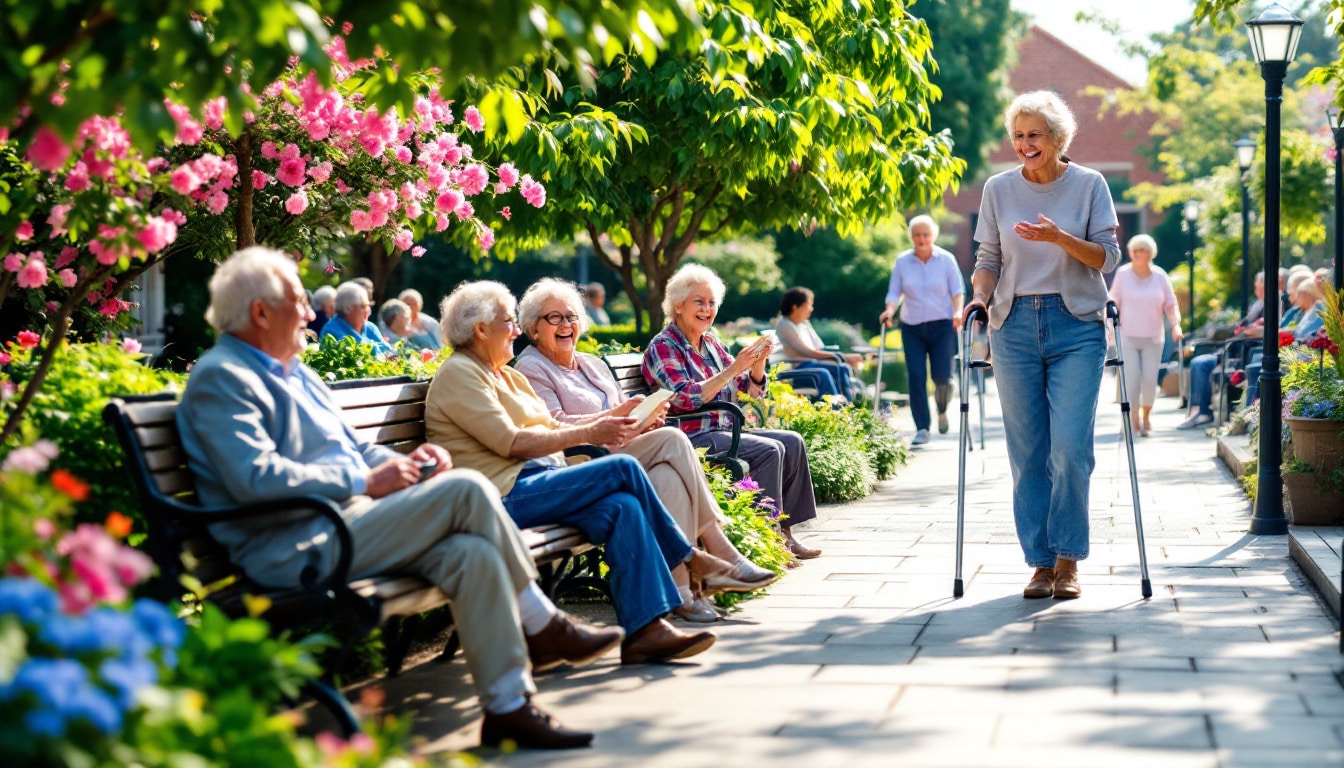Senior-friendly communities play an essential role in the well-being of our seniors. The benefits of these environments go far beyond the simple living arrangement. By promoting social interaction, reducing isolation, and encouraging community engagement, these communities offer valuable support that enhances the mental and physical health of older adults. Let’s explore together five beneficial effects that stem from community living for this population.
Table des matières
ToggleFive beneficial effects of senior-friendly communities on older adults
Senior-friendly communities play a crucial role in improving the well-being of older adults. The first trend observed is the reduction of loneliness, a phenomenon that affects many individuals due to aging. Thanks to a stimulating social environment, seniors can interact with others, fostering deep connections and relationships. Participating in regular social activities allows them to share experiences, exchange ideas, and strengthen their social networks, thereby distancing themselves from the specter of isolation.
Enhanced emotional support
When older adults join specific communities, they also benefit from enhanced emotional support. Studies revealing the importance of social interaction have shown that close and meaningful relationships reduce the risk of depression and anxiety. Regular meetings with peers and intergenerational exchanges allow seniors to feel heard and valued, replacing feelings of despair with positive emotions.
Improvement in physical health
Senior-friendly communities often encourage an active lifestyle, which is highly beneficial for the physical health of older adults. Participating in collective activities such as gentle gym sessions, hiking, or dance classes helps maintain their mobility and prevent various pathologies. This regular physical stimulation not only strengthens their physical condition but also promotes better quality sleep and alleviates chronic pain.
Five beneficial effects of senior-friendly communities on older adults
Senior-friendly communities play a fundamental role in improving the quality of life of older adults. First of all, one of the main beneficial effects is the reduction of social isolation. Living among a group of other seniors allows individuals to establish authentic human connections, combating the loneliness often felt by this age group. These regular interactions contribute to strengthening social bonds, which are essential for their emotional well-being.
Next, these environments promote better mental health. By participating in collective activities and sharing experiences, seniors feel valued and heard. This group dynamic stimulates the production of positive hormones, such as serotonin, thus reducing symptoms of depression and anxiety. This shows how crucial community activities can be for maintaining a calm and joyful spirit.
Moreover, communities dedicated to seniors enhance physical health. Organized activities, whether sports or recreational, encourage residents to remain active. Regular physical activity helps prevent certain chronic pathologies and improves their overall physical condition, which is essential for healthy aging.
Another significant advantage is the sense of purpose that comes from community engagement. Participating in collective projects or offering help to others increases self-esteem and the feeling of contributing to society. This gives seniors an important place and role within their community.
Finally, social interactions within these communities foster intergenerational exchanges, bringing a new perspective and enriching knowledge. Contact with younger people stimulates curiosity and motivation, allowing seniors to remain connected to the world around them.








